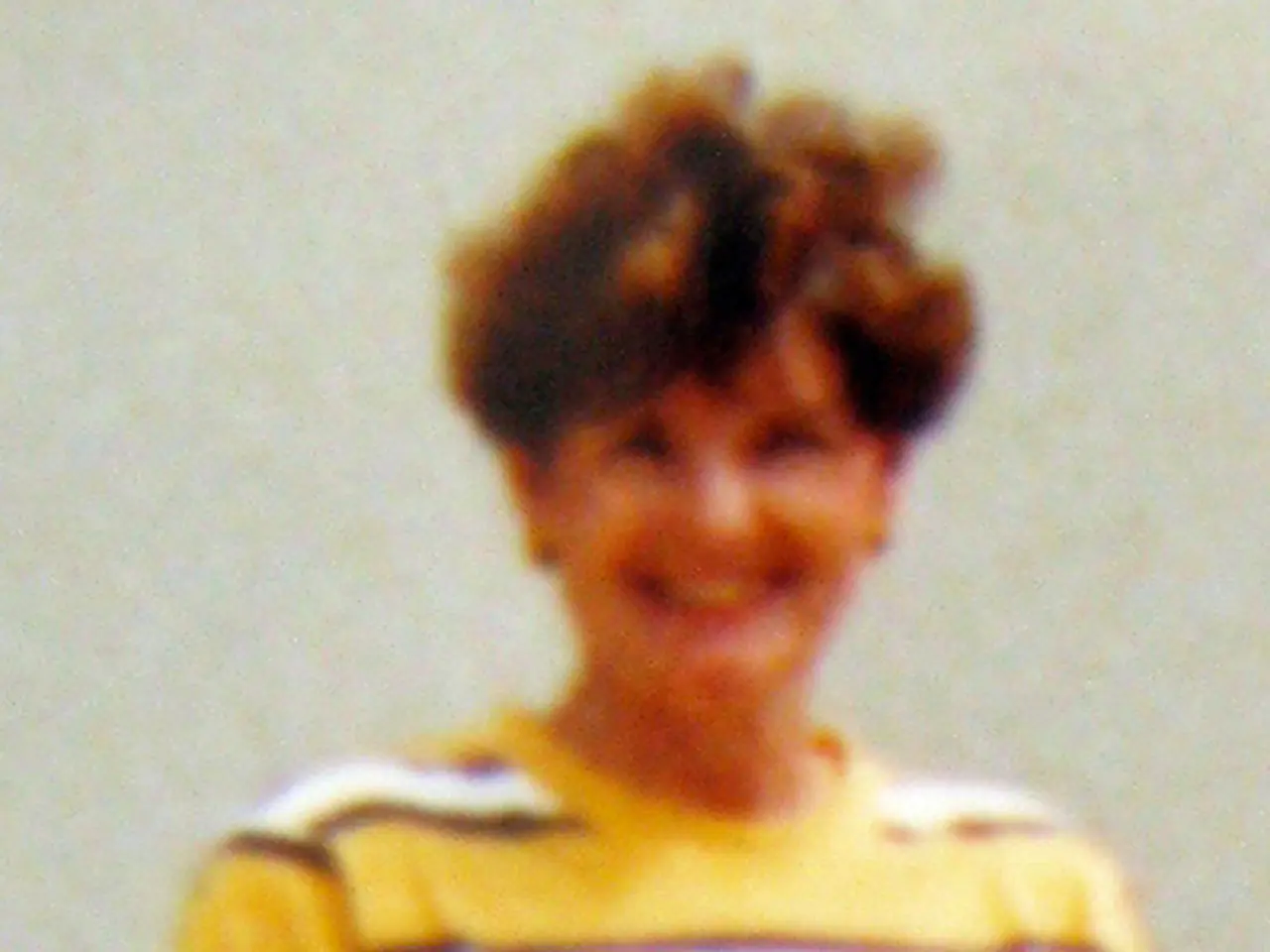The International Affective Picture System (IAPS), an explain-and-discuss on viable substitutes:
The International Affective Picture System (IAPS) is a renowned database of images that evoke specific emotional responses in viewers. Compiled over a decade, it contains 700 images, including "Woman on the beach", "Basket", and "Burn victim". The IAPS aims to standardize emotional responses in psychological research by using a three-dimensional approach: valence, arousal, and dominance-control scales.
However, researchers seeking alternatives to IAPS may choose from various options. One such alternative is the Nencki Affective Picture System (NAPS), a notable database used for affective research. It provides images categorized by emotional valence and arousal levels, similar to IAPS, and is considered a complementary resource. The NAPS consists of 1,356 realistic, high-quality photographs, divided into five categories, and includes an "approach/avoidance" measurement instead of dominance/controllability.
Other researchers develop custom image sets tailored to their research needs. For instance, bespoke social media image tasks selecting positive and negative images for targeted emotional stimuli have been created independently of IAPS. Additionally, versions or adaptations of IAPS can be employed, like the Spanish version of the IAPS, which provides culturally adapted image sets for affective research.
Beyond images, emotional stimuli can also be presented in other formats. The Emotional Verbal Learning Test (EVLT) shows an alternative emotional stimulus modality, serving as an emotional analog to visual stimuli for memory and affective research.
The IAPS images are only accessible to academic researchers for basic and health research projects to ensure genuine reactions in the moment. Interestingly, insomniacs, when viewing IAPS images, have shown increased heart rate and inhibition of the corrugator (a muscle above the eye) in response to negative sleep cues, indicating stress and a possible desire for sleep.
However, the IAPS has primarily been tested on a specific demographic group known as WEIRD (White, Educated, Industrialized, Rich, Democratic), which calls into question the generalizability of the results. To address this, other databases like the Open Affective Standardized Image Set (OASIS) offer an open-access online stimulus set of 900 color images, covering a wide range of topics, and not subject to copyright restrictions that apply to the International Affective Picture System.
Moreover, the Military Affective Picture System (MAPS) is an image database providing standardized pictures suitable for both civilian and military populations, for research on the processing of emotionally relevant scenes common in military populations. The Geneva Affective Picture Database (GAPED) is another option, consisting of 730 photos evaluated for valence, arousal, and congruence of the depicted scene with internal and external norms.
Lastly, the Development and Validation of the Image Stimuli for Emotion Elicitation (ISEE) was developed as a set of reliable image stimuli that consistently elicit target emotions over an extended period. Researchers have also used EEG to detect neuronal changes in response to emotional IAPS images, finding enhanced neuronal modulation in the occipital cortex and posterior parietal cortex. Other researchers have employed multimodal methods, such as Facial Electromyography (fEMG) and heart rate data, to investigate emotional reactions to IAPS images.
In the realm of specific emotional responses, the Disgust-Related Images (DIRTI) database was specifically developed to elicit disgust feelings, consisting of 240 disgust-inducing images divided into six categories, along with 60 neutral images.
In conclusion, researchers seeking alternatives to IAPS may choose from various established databases like NAPS, culturally adapted IAPS versions, or develop bespoke image sets or alternative stimulus types depending on their study goals. Each database offers unique advantages and is designed to cater to specific research needs, ensuring the continued advancement of affective research in psychology.
References: 1. Bespoke social media image tasks have been created independently of IAPS. 2. The Nencki Affective Picture System (NAPS) is a database used for affective research. 3. The Emotional Verbal Learning Test (EVLT) shows an alternative emotional stimulus modality. 4. The Spanish IAPS version is used in some experiments. 5. NAPS and IAPS were used side-by-side in emotional memory tasks. 6. The Disgust-Related Images (DIRTI) database was specifically developed to elicit disgust feelings. 7. Researchers have used EEG to detect neuronal changes in response to emotional IAPS images. 8. Other researchers have employed multimodal methods, such as Facial Electromyography (fEMG) and heart rate data, to investigate emotional reactions to IAPS images. 9. The Geneva Affective Picture Database (GAPED) is a database of 730 photos evaluated for valence, arousal, and congruence of the depicted scene with internal and external norms. 10. The Development and Validation of the Image Stimuli for Emotion Elicitation (ISEE) was developed as a set of reliable image stimuli that consistently elicit target emotions over an extended period. 11. The Military Affective Picture System (MAPS) is an image database providing standardized pictures suitable for both civilian and military populations. 12. The IAPS has primarily been tested on a specific demographic group known as WEIRD (White, Educated, Industrialized, Rich, Democratic). 13. The Open Affective Standardized Image Set (OASIS) is an open-access online stimulus set of 900 color images.
- Researchers can choose data-and-cloud-computing technology to develop custom image sets tailored to their research needs, as demonstrated by the creation of bespoke social media image tasks.
- The Nencki Affective Picture System (NAPS) is another form of data-and-cloud-computing technology, storing a database of images used for affective research, similar to IAPS.




